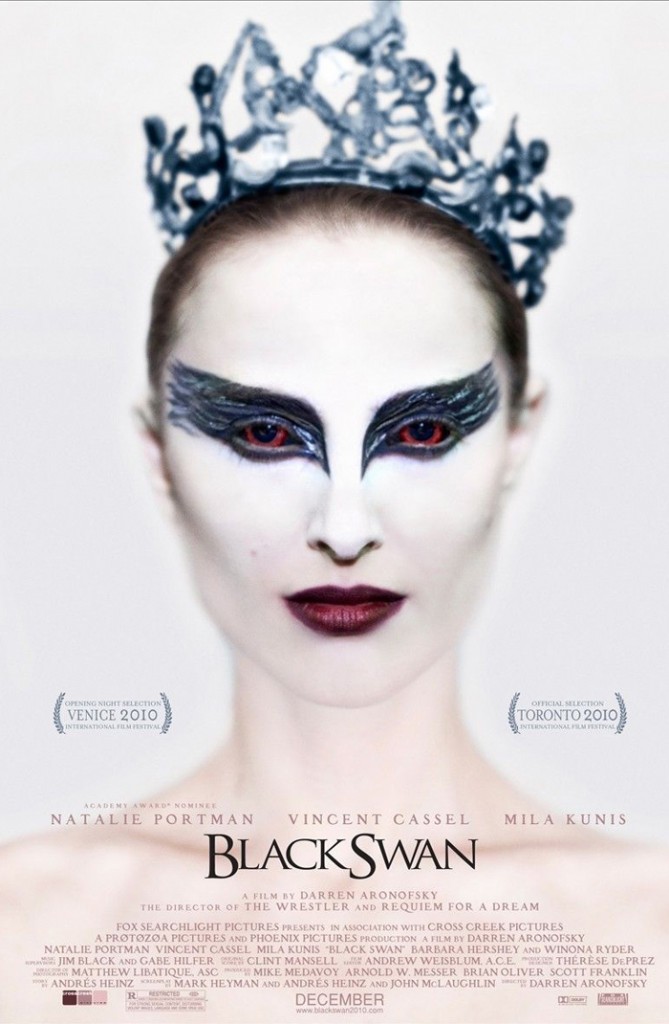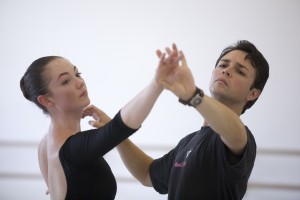 Dance writer Martha Ullman West, a charter member of Friends of Art Scatter, files this report on her meeting two years ago with Thai dancemaker Pichet Klunchun on his home turf in Bangkok, and on Klunchun’s public appearance in Portland a few days ago. On Sunday night, Klunchun took the stage at PICA’s annual TBA festival of contemporary performance in a conversation/performance with French dancemaker Jerome Bel.
Dance writer Martha Ullman West, a charter member of Friends of Art Scatter, files this report on her meeting two years ago with Thai dancemaker Pichet Klunchun on his home turf in Bangkok, and on Klunchun’s public appearance in Portland a few days ago. On Sunday night, Klunchun took the stage at PICA’s annual TBA festival of contemporary performance in a conversation/performance with French dancemaker Jerome Bel.
In February of 2006, I interviewed Pichet Klunchun for an hour and a half on the ninth floor terrace of the Oakwood Hotel in Bangkok, at sunset. That’s important: Due to acute air pollution, Bangkok sunsets are spectacular, and watching Klunchun demonstrate some of the movements of Khon — traditonal Thai dance — against a sky that looked like a painting by J.M.W. Turner animated with time stop photography, made the experience as magical as it was informative.
Klunchun, wearing very western-looking jeans and a tee-shirt, told me many things that evening — some of them the same, and phrased in the same way, as he told French contemporary choreographer Jerome Bel in Pichet Klunchun and Myself, switch-and bait-interviews observed by an enthusiastic TBA audience on Sunday night in Lincoln Performance Hall. To wit: Klunchun identified himself as a professional dancer, omitting how difficult that is in Thailand, and talked about his attempts to professionalize dance as we do in the West. He spoke of Khon as a lost art and his desire to restore it as part of the culture. On Sunday night in Portland he pointed out that it has become a commercialized tourist attraction — tourists in this context are westerners, although there are plenty of Thai and Chinese tourists in Bangkok. But on Sunday night he omitted the information that he had directed Khon performances in Bangkok in which he fused the Western theatrical values that Bel self-consciously rejects with traditional movement and storytelling, reducing to 70 minutes what usually takes a week to perform.
On both nights he spoke, too, of the difference in energy between Western and Asian dance — the former outward toward the audience, the latter inward, circular, contemplative — but left out his own training in western dance and his own practice, not to mention the influence of William Forsythe, who has radicalized the classical vocabulary, deconstructed and fractured it, on the way he thinks now about traditional dance.
When Klunchun, dressed on Sunday night in clothes he could dance in, demonstrated at Bel’s request Khon technique — the seemingly impossible turned-back movements of the fingers, the turned-out legs, the aggressive stomps, the subtle gestures of characterization — he was as charismatic as he had been doing the same things in jeans in Bangkok. But at TBA his demonstration accounted for at most 10 minutes of a nearly two-hour performance — and performance it was — from which the magic was decidedly missing.
That loss I must lay in part at Bel’s self-serving door.
Continue reading TBA dance: “Pichet Klunchun and Myself” →
 Black Swan is not a film about ballet.
Black Swan is not a film about ballet.

